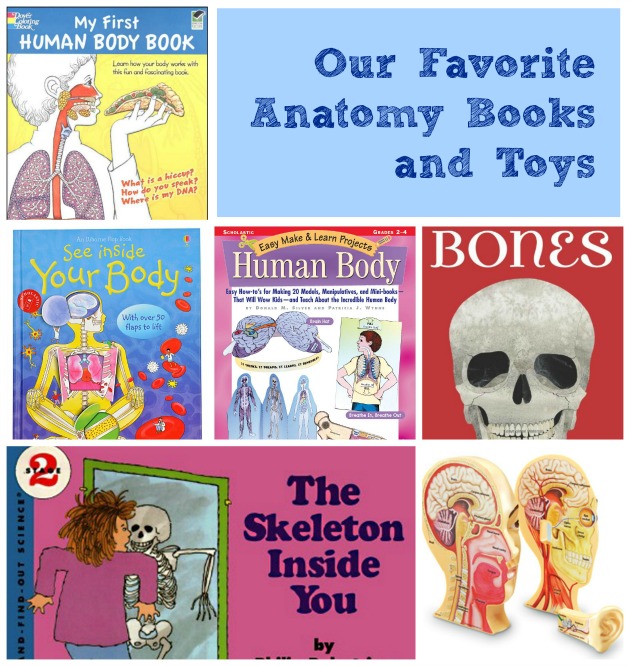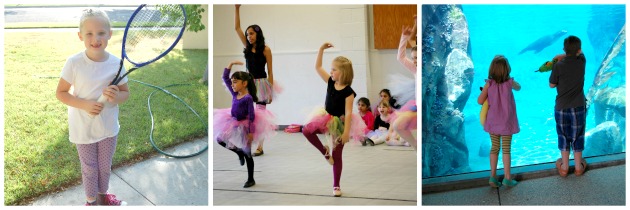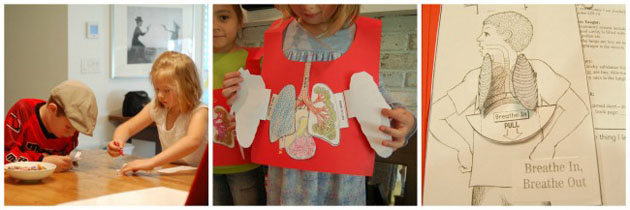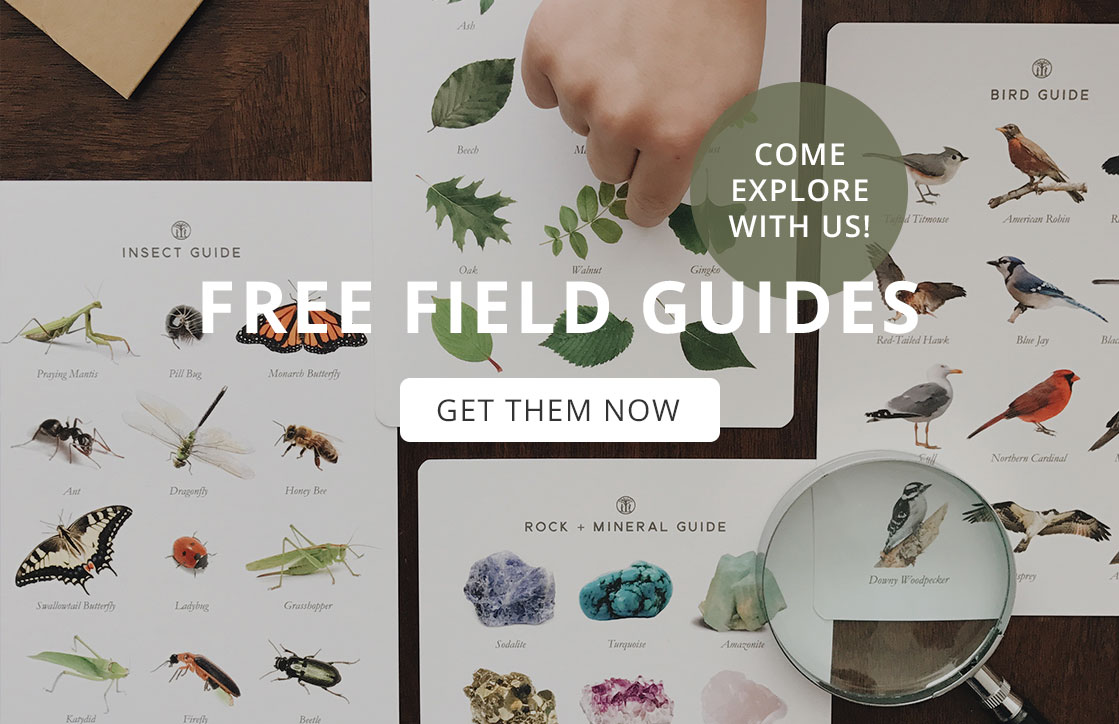Anatomy for Kids: Teaching From the Inside Out

Becky from a Sweet Hot Mess is with us today to share all of her favorite resources for teaching children anatomy...
While we are a Homeschooling family, I have come to value more and more the idea that all parents can pick and choose the supplemental material they introduce to their children. What subjects we introduce can range from the traditional to the offbeat – from piano lessons to pitching practice to folk dance. In our own family, we have tackled all sorts of extra interests beyond our traditional schooling choices – from studying the California Missions to Geography to Jiu-Jitsu.
Over the past year, my children have developed a natural and lasting curiosity about their bodies and what makes them tick. And in the vein of following their interests, we are currently studying Human Anatomy – which I know seems a bit of a reach for young kids. I have learned not to underestimate kid’s ability to retain new information and build systems of knowledge. Double bonus, this is a supplemental subject that can grow with your kids, as they absorb more and more of the information over the years. The key is to not underestimate the level of knowledge they can absorb.
Here is how I have approached Anatomy:
-
Collect Materials

I have a deep love affair with science books for kids. I never realized I had this love for them until I had children and realized how many truly amazing people are out in the world creating learning resources for our children. Here are some of my favorites –
-
Bones, Steve Jenkins This book is AMAZING. It is not only beautiful, but informative and might rank up in my top ten for children’s books – it’s that good!
- The Skeleton Inside of You, Philip Balestrino This is not the most aesthetically pleasing book, but it is a great source when learning about your Skeletal System.
- Human Body, easy make and learn projects, Donald Silver and Patricia Wynne I cannot begin to tell you how wonderful this book is. While it requires a bit of copying and cutting, every single model was worth making in the end. Silver and Wynne were able to design simple paper patterns to be built into models that are very effecting at teaching kids about these different body systems. If I had to choose one book to get – it would be this one!
- My First Human Body Book, Donald Silver and Patricia Wynne This book is a backup to Silver and Wynne’s Human Body, easy make and learn projects book. It’s more of a coloring book version of the previous title. I love it for the days when the kids just want to color and talk.
- Learning Resources Human Head This is a beautifully illustrated book with lots of information. I actually think it might be too much information in one place for many kids. I find this to be less of a teaching tool and more of a library addition. These dense books with lots of captions and sidebars tend to lean themselves towards personal reading times for students.
-
Learning Resources, Tabletop Magnetic Human Body Chart I adore this tool. It sets up easily and breaks down quickly for simple storage. The kids love it as well, in that they can work on it independently. My only complaint is more of a wish – I would love the people over at Learning Resources to add more body systems to the board. As of now it is available with the muscles, skeleton and digestive track. I would love to see it with the circulatory and reproductive systems.
And bonus, leave these in convenient locations for the kids to peruse or play with on their own time and the learning continues. Our foam Brain Model from Learning Resources floats around our house and is always popping up in surprising places.
-
Invite Friends
I invite a small group of kids their age over and we all learn together – and learn better. Plus, the parents get to review all of the things they’ve forgotten over the years. There’s nothing more humbling than your child correcting you about which type of muscle lines the digestive track – It’s Smooth Muscle, in case you’re wondering.

-
Get Hands On and Move Around
We have had so much fun with this, as we’ve built models, poked at bone marrow and danced around as we rap about our bones. I’ve found that hands on learning makes these concepts more real. In addition, anything that lets kids move while they learn seems to help them learn quicker and faster. So, take breaks and dance and jump up and down while you quiz the kids on the basic concepts you’ve just learned that day.
-
Dig Around On YouTube
I adore YouTube. Again, there are so many creative and wonderful people out in the world working very hard to teach our kids in fun and inventive ways. Now, the only trick with YouTube is that a number of the educational series have been made by well-meaning people who speak English as a second language and many of the words are enunciated incorrectly (which is tricky when kids are hearing these words for the first time) – so choose carefully. Here are a few of my favorites:
Learn about Human Body Parts for Kids: Lungs

5. Review and Repeat
Other than adding these new resources to our home library, I’ve taken to reviewing the material occasionally with the kids – which sounds a bit more studious than it is. Mostly I’ll quiz them in the bath, such as “touch your patellas!” or “there’s a little more dirt to wash off your mandible!”…or when we go to the bank or doctor’s office and they’re bored – I’ll start running them through all the fun facts they’ve learned. It’s like a more advanced version of Head-Shoulders-Knees-And-Toes!
